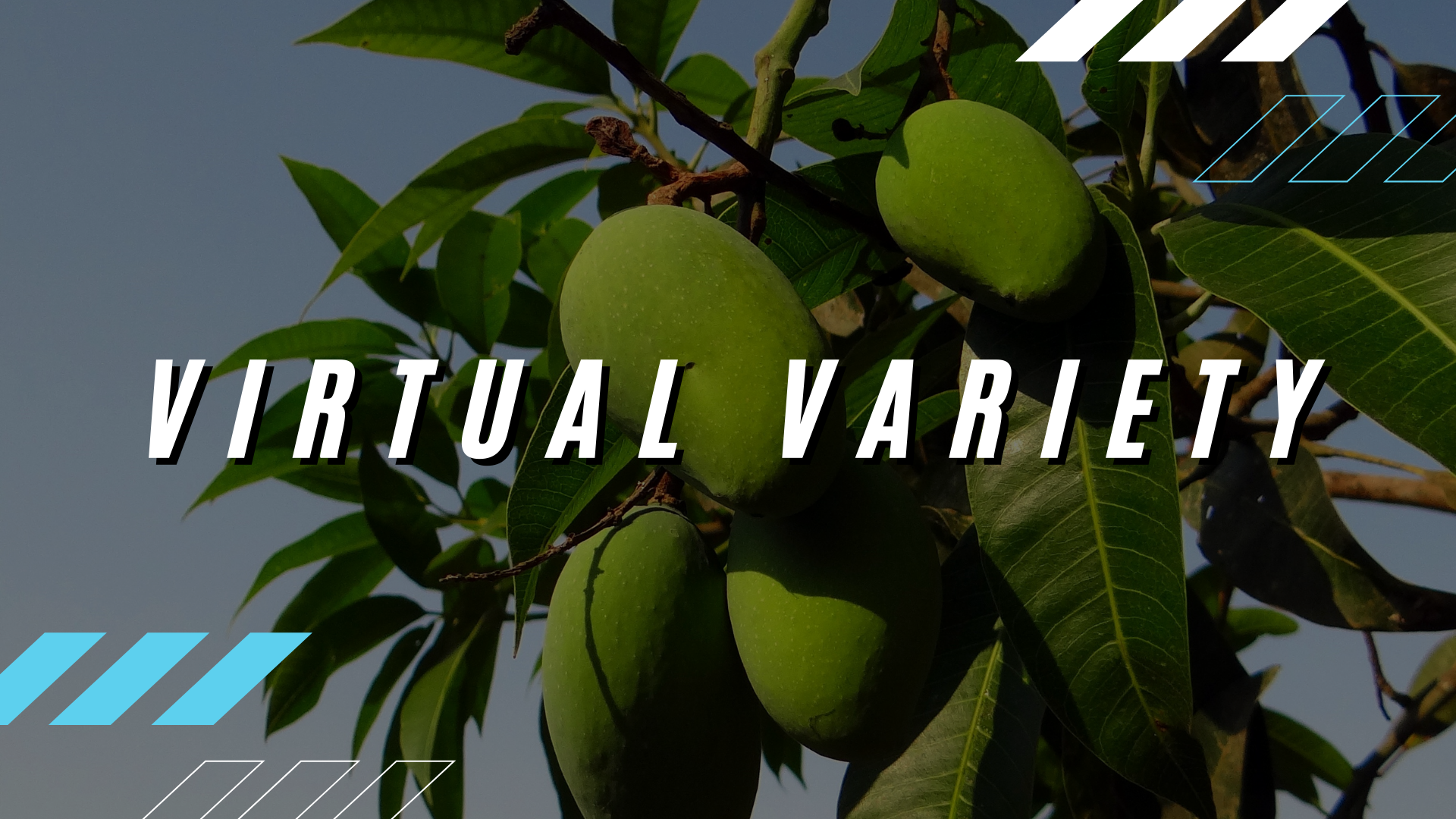The King of Fruits - Mangoes

Design Created On Canva.com
August 03 / 09 / 2021
Since we are born we are curious, trying to study everything around us, so in Virtual Variety, we bring today a post full of sweetness, history, and very curious data. Do not you sometimes walk down the street, and see a fruit tree, and wonder, where does that fruit come from, so in Virtual Variety we took the task of investigating the origin of the Mango.
¿Where does the Mango come from?
It is incredible to think that everything goes hand in hand with history, so let's learn a little, according to historians, the Mango has been cultivated since prehistoric times, no doubt this surprises us because it is not a few years. The different sources that we consult indicate that the Mango is from Southeast Asia, and is also found in the Malay archipelago. As early as 2000 B.C. Mango was already spoken of as an ancient, edible, and highly revered fruit in India, and Chinese literature, from the 7th century it was described as a well-known fruit crop in the warmer areas of China and Indochina.
¿How did the Mango spread around the world?
The Portuguese managed maritime routes, which were supplied by the Egyptians, and began to have contact with other civilizations of the world, and when they got to know this appreciated fruit, they began to commercialize it in Africa and Brazil, around the 16th century. But this does not end here, the Spanish, realized the great virtues of this majestic fruit, and as the sales of the Portuguese were growing at that time, so they also decided to market it and take it to their tropical colonies in the new world, forty years later, the Mango arrives at the island of Barbados. Between the XV and XVI centuries, the mango appears on the west coasts of Mexico, then Jamaica began to import mango to the island of Barbados, in the year 1782, then continued importing it from some islands of the West Indies, Mexico began to export mango to the island of Hawaii, in 1809 and in California the first Mango plantation was created in 1880.

¿What are the benefits of Mangoes?
It is very rich in antioxidants to the body, which allows the prevention of colon cancer and supply many vitamins C and B5. The most curious thing is that its tree can reach about 30 meters high, although farmers prefer those with more manageable dimensions, that is, about 10 meters high, and nowadays there are many types of mangos, each one with a different flavor, color, or size.
« I thank these beautiful people from the bottom of my heart for their support and dedication, if you still do not read any article about them or do not know them, we invite you to do so, it will be the best decision you've made in your life »
In Venezuela, it is rare for a house that does not have a mango tree in its garden or backyard, it is now a normal part of our culture, and the same happens in Latin America. As you can notice it took a long time in the process of importing such a rich fruit to our continent, however since the first mango plantations began, and people tasted its flavor, sweetness, and rich aroma, it became the King of Fruits, because of how simple but exquisite it is, and the multiple uses that can be given, from making a delicious juice, to a rich cake. We hope you like this curious post, and if you have the opportunity, do not think twice, and eat a delicious mango, in honor of this publication.





What a history of mangoes! Mango trees grow in our region, but only a few manage to bear fruits because of our colder temperatures. They are abundant however in the lowlands where temperatures are hotter.